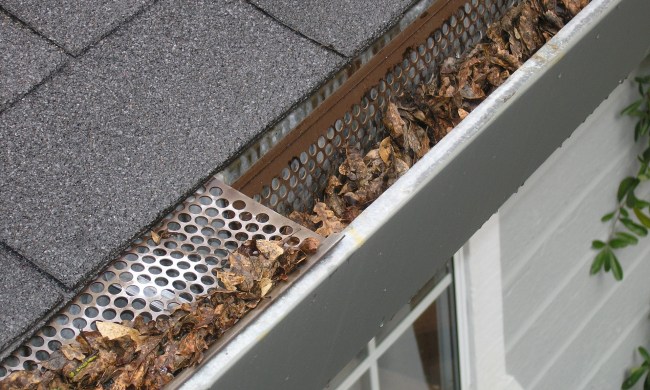If you’ve ever hired a professional cleaning service to clean your house, you know what a great job they do. You can’t ever seem to get your house quite as clean as they do, and it might make you wonder if the pros have some trade secrets that would be helpful. We wondered too, and that’s why we enlisted the help of Johnny Pallares, owner of De La Rosa House Cleaning in Phoenix, Arizona. Having been in business for more than 25 years, Pallares is a leading industry expert. He gave us some tips on which cleaning products work best to get your home squeaky clean.

House-cleaning products: General surfaces
The key to a great general surface cleaner is that it’s strong enough to clean and disinfect surfaces but gentle enough to not ruin the material being cleaned.
“It’s hard to find that perfect cleaner that will clean surfaces thoroughly while not damaging them at the same time,” Pallares said.
It’s also important for general surfaces to be cleaned with products that don’t contain harmful chemicals. Contact with such chemicals could cause irritation to the skin and eyes and can even be toxic if ingested by children.
Pallares gave us a few examples of toxin-free products his team uses to clean general surfaces while preventing damage and keeping harsh chemicals away from living areas.
HydrOxi Pro
Pallares said they mix one ounce of this all-purpose cleaner into one gallon of water. Benefits of Hydroxi Pro include:
- Cleans furniture without damaging it
- Disinfects thoroughly
Melaleuca
Benefits Pallares mentioned for this all-purpose cleaner include:
- Leaves behind a pleasant smell
- Chlorine-free cleaner
Tough & Tender
Another product Pallares and his team use on surfaces, this cleaner:
- Is great for cleaning blinds
- No harsh chemicals
- Won’t damage furniture
House-cleaning products: Bathrooms
The bathroom is a space that needs constant cleaning and disinfecting in order to rid it of germs and keep them from spreading around the house. Particularly if you have children in your home, this room can get pretty nasty, really fast. Regarding the products they use to clean bathrooms, Pallares swears by the basics: Bleach.
“Everyone knows their home is clean when you use bleach,” he said. “It is a great disinfectant — good for toilet cleaning and bathtubs.”
Pallares does warn, though, that bleach can cause a burning sensation on skin and in the eyes, so proper protective gear, like eyewear and gloves, should be worn when using it.
House-cleaning products: Floors
Your floors track in all the dirt, gook, and grime from outside and everywhere else you walk. Particularly in the winter, it can be tough to keep your floors free from mud, water, and salt residue. Pallares recommends Pine-Sol since it’s great on all types of floors, from tile to hardwood. It also leaves behind that signature Pine-Sol scent. Pallares says his customers often comment “that Pine-Sol smell makes them feel that their house is clean.”

House-cleaning products: Oven
If you’re an avid baker, you know the struggle is real when it comes to cleaning your oven. The bottom of your oven collects all that spilled cake batter, stuck-on grease, and too many crumbs to count. While there are some products and methods that are more natural than others, like baking soda or vinegar, Pallares swears by a powerful commercial cleaner instead: Big Punch by World Class Cleaning Solutions.
Pallares said this product is the best one they’ve found yet to use on filthy ovens. “It really eats into the grease and grime,” he noted.
All you need to do is spray it onto the stuck-on food residue in the oven and let it sit for about 15 minutes to work its magic. Then, just wipe it away. “Wear gloves and eye protection,” Pallares warned, “because this cleaner is powerful.”
Your home is your sanctuary, so you want it to be clean, comfortable, and safe for the whole family. Cleaning your home can feel like a lost cause, though, particularly if you have rambunctious children that seem to create messes wherever they go. If you want to make your home as clean as it gets when the pros are brought in, you have to use the products that the pros use. With the various home-cleaning products that Pallares shared with us, your space will look and feel as sparkling clean as it did the day you moved in.



